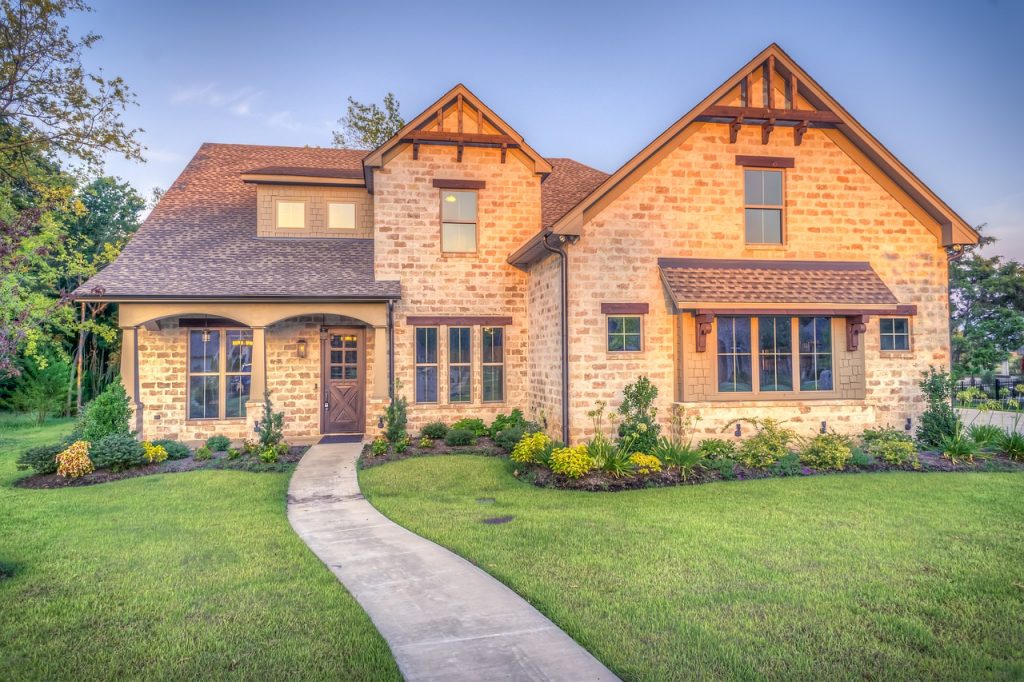How Your Home’s Exterior Protects Its Interior
The outside of our home is something we often take for granted. The rain and cold stay out, the contents stay in. It’s not something we vigorously address on a weekly basis. We often just give it a cursory glance on the way in for an evening with the family, never giving it much thought.

Maybe we should. Proper care and function of the inside of our home can only happen when the outside is being carefully monitored and maintained the way it should be. Small problems that emerge on the exterior can quietly begin doing extensive damage inside the home before you know it, and by then it can be a costly and disruptive process to repair it.
Prevention is the key. The exterior of the home is intended to exclude certain things from getting into the home, so you need to watch for and prevent problems instead of reacting to them. Exterior functionality includes a few major areas.
Pest Exclusion
Most people think of destructive insects like termites or nuisance invaders like ants when they think of pests in the home. But with so many people living in subdivisions and other urban areas today, most homeowners think of wildlife as an issue they don’t have to deal with. But that’s not at all true. The infringement of development onto wildlife habitat is a growing issue, and the animals aren’t surrendering.
The truth is that the professionals handle a lot of problems far beyond ants and termites, though insects remain a major part of the business as well. Rats, mice, and even gophers can do direct or indirect damage to your home, leading to costly repairs and a very real loss of peace of mind.
Monitoring for and taking action against pests of all kinds is critical. In addition to pest management, we must also exercise good pest habitat control, keeping our landscaping and lawns properly manicured to reduce their appeal to pests.
Weather Exclusion
This is the usual first line of thought when we talk about the outside of the home. Most people are fairly vigilant about watching for leaks and drafts that can damage their homes–or their utility bills.
But often, this approach is too one-dimensional. To say that a house is airtight is insufficient; it must also be thermally tight, keeping hot air out in the summer, cold air out in the winter, and maintaining the desired interior temperature with the least possible energy consumption.
Many homeowners don’t do that. They don’t address roof vents, insulation, siding condition, or dozens of other issues that can allow their expensive climate control to escape.
Leaks are another issue that isn’t always adequately monitored.
Structural Soundness
This one is a little outside the realm of exclusion, but it certainly fits the bill. Homes are built, often hurriedly, on ground that may or may not be ready for construction. Often they are constructed over hidden springs, areas that have been previously filled, or any of a variety of unstable areas.
At move-in, everything seems fine. It passes the eyeball test and may even survive a home inspector’s gaze. But in time, the weaknesses may reveal themselves. Subtle cracks may appear in door trim or crown moulding. Drywall may split. Floors may warp.
Any of these symptoms can indicate a major structural issue. In time, it can do irreparable harm, but if it’s caught early, there may be time to take mitigation measures that will stabilize the home and prevent the advance of damage.
Home maintenance is complicated enough on the inside. Keeping equipment in working order, repairing daily breakdowns, and doing routine cleaning makes for a long to-do list itself. But if the exterior is overlooked, it may soon threaten the benefit of doing all the other tasks. Make sure that your exterior is as carefully monitored as your interior. The benefits will be seen throughout the house.
















This is sure true. This Winter, I’ve noticed that a lot of cold is getting in around our windows. I guess it’s time to do something about that.